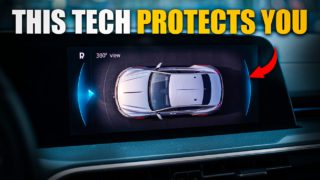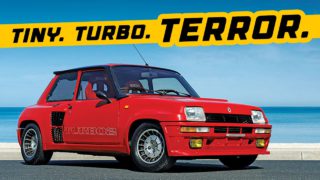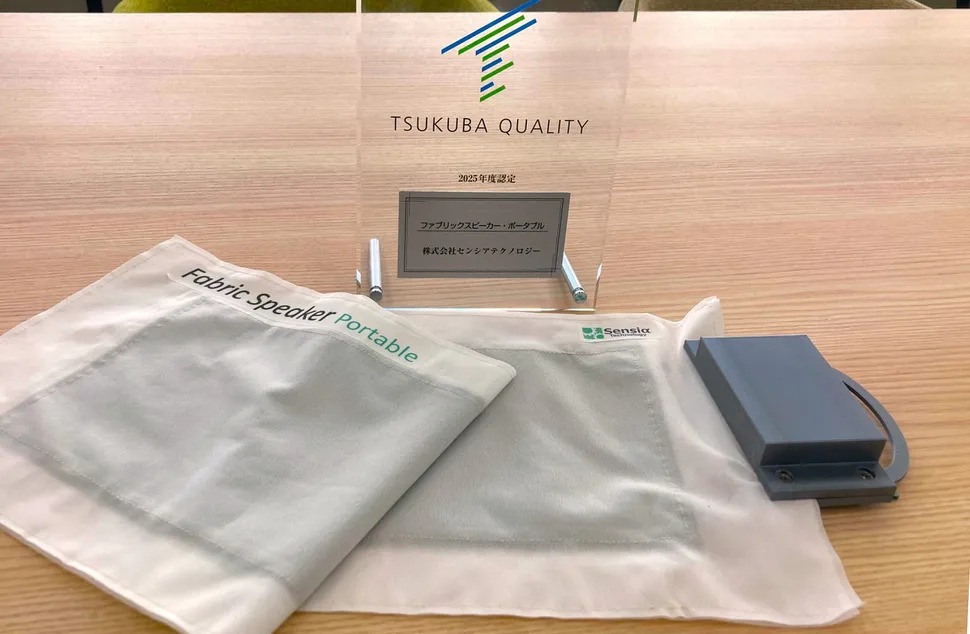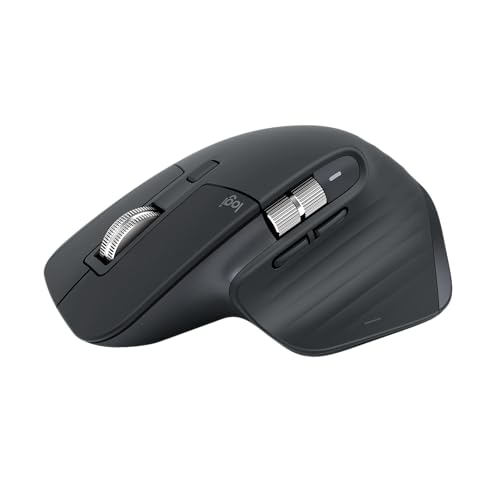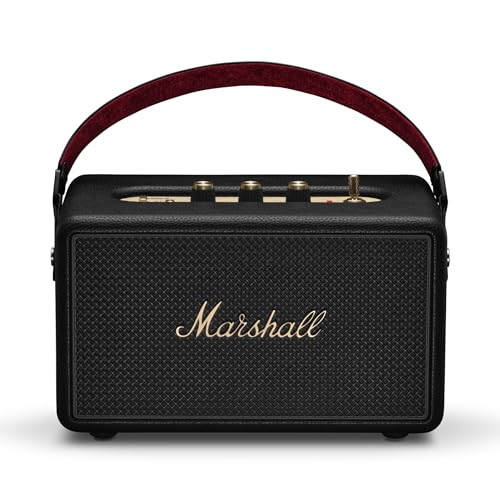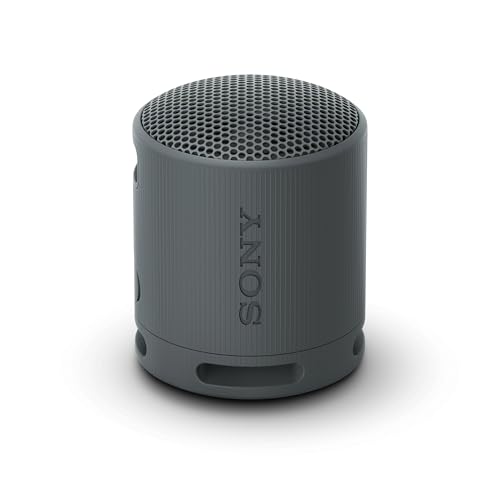The world’s deadliest vehicles aren’t what you expect. Forget sports cars and motorcycles – military vehicles now set the standard for combining speed with advanced technology. What makes them truly revolutionary isn’t just their ability to move quickly, but how they keep crews alive while doing it. The machines dominating today’s battlefields would make civilian automotive engineers rethink everything they know about performance.
These combat-ready platforms represent the cutting edge of vehicular engineering.
9. Flyer 72 Heavy Duty – Exterior

The Flyer 72 Heavy Duty sports a tough-as-nails profile built for rapid deployment. Its frame allows transport by practically any method – like that friend who somehow fits into every social group without trying. Developed by Flyer Defense and US SOCOM, this vehicle features modular armor that adapts to whatever the mission throws at it.
Despite its military origins, the Flyer 72 is among several cool military vehicles civilians can buy through specialized dealers, though with modified specifications that meet legal requirements.
Every exterior detail earns its keep. The low profile makes it harder to spot while keeping enough ground clearance for rough terrain. With a top speed of 153 km/h powered by a 220 horsepower 2.0L biturbo diesel engine, the Flyer 72 responds to threats faster than most people respond to text messages. The exterior design handles a 5,700 lb payload and makes room for 9 personnel inside.
Inside the Flyer 72, up to nine personnel find a functional, no-frills environment built for operational efficiency. The interior prioritizes access to communications equipment and essential controls. Seating positions provide quick entry and exit for special operations teams who need to deploy rapidly.
Storage compartments throughout the cabin keep gear secure during high-speed maneuvers. The driver enjoys excellent visibility through reinforced windows, while passengers benefit from padding and harnesses that balance comfort with safety. A six-speed automatic transmission delivers smooth rides even over challenging terrain.
8. Bastion PSA – Exterior

The Bastion PSA blends sleek lines with serious protection. Built by ACMAT, its exterior shows off a design approach that refuses to choose between staying alive and staying mobile. The profile keeps a low visual signature while packing STANAG 4569 Level 3 ballistic and Level 2 mine protection.
Mounting points on the exterior fit heavy weapons including 12.7mm machine guns and 40mm grenade launchers. The design makes it air-liftable – it transitions between theaters faster than Netflix switches between shows. With a top speed of 110 km/h and an impressive 1,000 km operational range, the Bastion PSA gives special forces teams reach and security in equal measure.
Inside the Bastion PSA, special forces teams find an environment optimized for both combat readiness and operational endurance. The interior layout prioritizes quick access to communication systems and weapons controls. Seating positions offer support during long missions while maintaining quick exit capability.
Reinforced flooring and walls provide additional protection against mines and IEDs. The cabin includes specialized storage for mission-essential equipment, allowing teams to maintain organization even during high-stress operations. Climate control systems ensure the crew remains effective in varied conditions.
7. Patriot 2 – Exterior

The Patriot 2 rocks a purpose-built exterior made specifically for security operations. Its clean lines balance protection with mobility – the automotive equivalent of a bouncer in a tailored suit. The armored shell uses modern materials that maximize protection without turning it into an immobile fortress.
External attachment points accept mission-specific gear. The high ground clearance lets it navigate floods and rough terrain without slowing down. Powered by a Tatra T3 C920 engine pushing 300 kW of muscle, the Patriot 2 hits 110 km/h with a 700 km operational range. The reinforced belly protects against nasty surprises from below while keeping the vehicle nimble.
Patriot 2 – Interior

Step inside the Patriot 2 and you’ll find a practical environment built for eight personnel conducting extended operations. The air conditioning system maintains crew comfort even in extreme heat. Ergonomic seating positions reduce fatigue during long deployments.
The dashboard features intuitive controls for all vehicle systems. Communication equipment integrates seamlessly with the interior design, allowing quick access without cluttering the space. Storage compartments throughout the cabin help teams organize gear and maintain operational readiness.
6. Sherpa Light – Exterior

The Sherpa Light offers a versatile 4×4 platform with a chameleon-like exterior. Its modular design adapts to missions from quiet recon to intense combat. The body balances height and width perfectly, staying stable while keeping its ability to squeeze through tight spots.
Multiple attachment points around the exterior support different weapons and mission gear. The frame makes air transport simple, so it deploys worldwide faster than most people decide what to watch on streaming services. With a reliable Renault MD5 diesel engine, the Sherpa Light hits 110 km/h and covers an exceptional 1,000 km range. Variants range from mild-mannered station wagon to combat-ready beast.
Inside the Sherpa Light, crews find a highly customizable space that adapts to mission requirements. The basic layout provides essential controls and displays within easy reach of the driver and commander. Seating configurations can be adjusted based on personnel and equipment needs.
Communication systems integrate with the vehicle’s electrical architecture, ensuring reliable operation in combat conditions. The cabin offers protection from environmental extremes while maintaining situational awareness through strategically placed viewports. Storage solutions throughout the interior keep essential gear accessible.
5. Iveco Light Multirole Vehicle (LMV) – Exterior

The Iveco LMV rocks a rugged 4×4 exterior built to laugh at challenging terrain. Its angular design incorporates protective elements while keeping it mobile. The high ground clearance conquers obstacles that would make regular vehicles cry mechanical tears.
Water fording capabilities reach 1.5 meters depth without preparation. Powered by a sturdy 140 kW engine, the LMV hits 130 km/h with a 500 km operational range. The LMV 2 model hauls up to 1.5 tons of payload while featuring reinforced towing points and recovery equipment mounts. It handles rough conditions like a veteran chef handles a busy kitchen – with practiced ease and steady confidence.
Iveco Light Multirole Vehicle (LMV) – Interior

Inside the LMV, crews find a functional environment that prioritizes mission success over comfort. The interior layout places controls and displays within easy reach of both driver and commander. Seating positions provide support during off-road maneuvers while maintaining quick access to equipment.
Communications equipment integrates with the vehicle’s systems, reducing cable clutter and improving reliability. The cabin offers protection from environmental threats while providing adequate space for personnel and mission-essential gear. Reinforced flooring adds protection against underbody explosions.
4. MBombe 4 – Exterior

The M-Bomba 4 represents modern APC evolution with its imposing yet surprisingly quick exterior. The profile balances protection with speed, getting teams to danger zones rapidly. External mounting points accept various weapons and equipment packages.
At a military demo, an M-Bomba 4 once outpaced lighter vehicles while carrying twice the armor. Unexpected? You bet. Despite weighing 16 tons, its muscular 450 horsepower 6-cylinder turbo diesel engine pushes it to 140 km/h with an 800 km range. The hull incorporates lessons from recent conflicts, with angles and materials that handle current threats the way a superhero handles bank robbers.
MBombe 4 – Interior

Inside the M-Bomba 4, crews find a space that balances protection with operational functionality. The interior layout maximizes usable space while incorporating features that enhance survivability. Seating positions include energy-absorbing designs that reduce injury risk during explosive events.
Command and control systems integrate throughout the cabin, providing information to key personnel. The driver station offers excellent visibility through protected vision blocks. Storage solutions throughout the interior keep ammunition and equipment secure during high-speed maneuvers or combat situations.
3. Survivor R – Exterior

The Survivor R features a specialized exterior built for CBRN reconnaissance missions. Its sealed body blocks environmental hazards while maintaining mobility. The exterior uses materials that make decontamination easier than cleaning a non-stick pan.
Multiple external sensors and equipment mounts support specialized detection systems. Powered by a 6.9L MAN diesel pushing 330 horsepower and 1,250 Nm of torque, the Survivor R reaches 100 km/h while carrying specialized equipment. The profile looks like something straight out of a sci-fi blockbuster, but every element has a real-world purpose. Reinforced access points allow entry and exit for up to 12 personnel while keeping the nasty stuff outside.
Step inside the Survivor R and you’ll find a highly specialized environment built around mission requirements. The interior houses sophisticated detection and analysis equipment while providing space for up to 12 personnel. Sealed compartments separate potentially contaminated gear from clean areas.
The armored monocoque cabin protects the crew from conventional threats as well as CBRN hazards. Command stations include displays for environmental readings and threat detection. Like preparing a complex recipe, the interior balances multiple competing needs without compromising effectiveness.
2. Oshkosh Sand Cat – Exterior

The Oshkosh Sand Cat features a precision-engineered exterior built for diverse mission profiles. Its compact yet sturdy frame packs significant protection without becoming a slow-moving target. The v-shaped belly deflects blast forces outward rather than upward, keeping crews alive when others wouldn’t be.
External attachment points support mission-specific equipment and weapons. Powered by a Ford 6.4L diesel delivering 325 horsepower, the Sand Cat reaches speeds of 120 km/h while carrying up to 2,300 kg of payload. The profile maintains a relatively low silhouette while providing enough interior room. Every exterior element serves both protection and practical purposes. Nothing’s wasted.
Inside the Sand Cat, crews benefit from impact-absorbing seats that reduce injury risk during blast events. The interior layout prioritizes crew survivability while maintaining operational effectiveness. Control systems place essential functions within easy reach of driver and commander.
Communication equipment integrates with the vehicle architecture, ensuring reliable operation in combat conditions. The cabin configuration allows rapid entry and exit, critical during emergency situations. Storage compartments secure equipment during high-mobility operations or blast events.
1. Jais N35 – Exterior

The Jais N35 showcases MRAP design principles with its distinctive exterior. Built specifically to resist ambushes, its hull uses angles and materials that redirect explosive forces away from occupants. The high ground clearance keeps distance between the crew and ground-based threats.
External mounting points support additional protective equipment and weapons. Powered by a 450-horsepower Caterpillar engine, the Jais N35 reaches speeds up to 105 km/h while carrying up to 10 personnel. Though classified as an MRAP, this and the Sand Cat represent some of the smallest military vehicles in their category, making them ideal for urban operations and confined spaces.
It comes equipped with night vision, RPG armor, and a robust 4,300 kg winch for recovery operations. Its exterior makes a visual statement that screams, “don’t mess with me” – similar to how a heavyweight boxer’s stance communicates before a punch is thrown.
Step inside the Jais N35 and discover a purpose-built environment designed to keep up to 10 personnel safe during high-threat operations. The interior layout maximizes protected space while providing essential mission functionality. Seating positions incorporate energy-absorbing technology.
Command and control systems provide situational awareness to key personnel. The driver station offers good visibility through armored glass and optical systems. Communications equipment maintains connections with supporting units and headquarters, even in contested electromagnetic environments.






